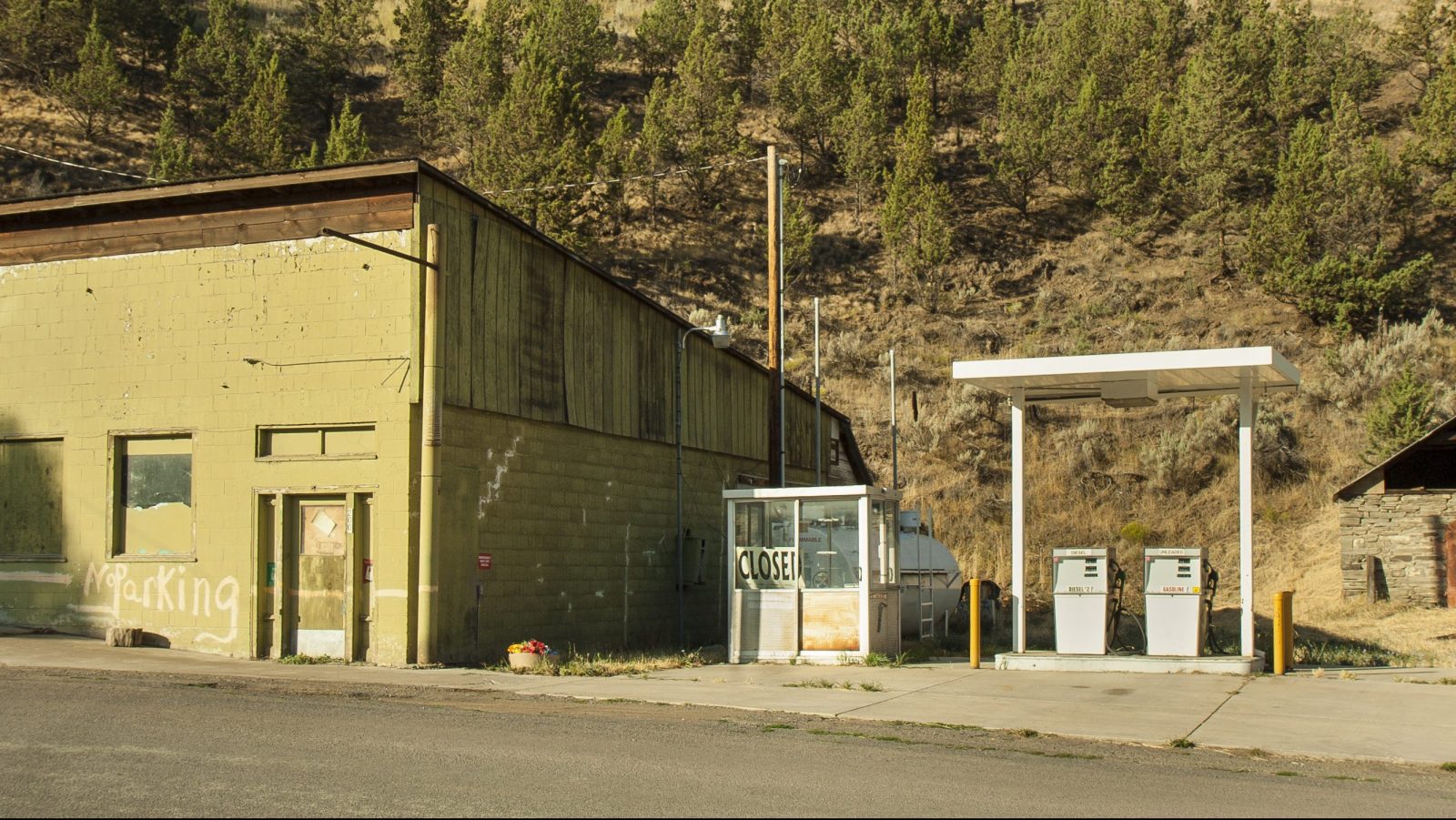This story was originally published by High Country News and is reproduced here as part of the Climate Desk collaboration.
As Oregon moved toward joining an international market to cap carbon emissions in late June, truckers, loggers, and farmers chugged into the capitol in Salem. With horns blaring, they protested a proposed bill to rein in greenhouse gases, rallying behind slogans like “Timber Unity” and “Cap Kills Jobs.”
As demonstrators gathered, Oregon’s Republican state senators absconded to Idaho in a last-ditch effort to prevent a Senate vote on the bill. Political wrangling over the emissions-reducing legislation was punctuated by arrest threats, menacing remarks aimed at state police, and pledges of support for the senators from militia members. More than a week later, the Republicans returned — once Democratic leaders declared that they didn’t have enough votes to pass the climate bill.
After the climate legislation was shelved, lawmakers passed more than 100 bills in a frenzied weekend before the legislative session ended on June 30. But the battle over the carbon emissions legislation revealed a deepening political chasm between Oregon’s conservative rural areas and liberal population centers. Republicans held firm to their base, aligning with legacy industries and the rural jobs they support, rather than engaging in restructuring the economy to address carbon pollution. While the potential costs of the climate legislation took center stage, a deeper economic truth went unspoken — that the issues that hamper the fiscal well-being of rural Oregon have less to do with environmental regulations than with broader market forces, from international policy to demographics.
Since 2018, Democrats in Colorado, New Mexico, and Washington have followed through on promises to limit carbon emissions. For environmental activists, Oregon’s legislation was the cream of the crop of the new bills, with its cap on greenhouse gases extending across all sectors of the economy, not just transportation or electricity generation.
But, at least initially, the climate bill would have cost rural Oregonians more. According to an analysis by the Oregonian, fuel taxes would hit wallets harder outside urban centers, where people drive longer distances in less fuel-efficient vehicles and lack access to public transportation. Higher energy costs also raised concerns about milling and manufacturing jobs leaving the state for friendlier economic conditions.
Still, Oregon’s rural communities face larger forces than the proposed carbon pricing system. For nearly three decades, the state’s less-populated counties have fallen behind urban centers in wages and employment. Lack of industry diversification, reliance on natural resource industries, and an aging population are some of the reasons why, according to a 2018 state report. International politics also play a role. For example, the ongoing trade war with China added uncertainty to an economically strapped agricultural industry, costing Northwest cherry growers $86 million in 2018.
Railing against environmental rules and shifting blame from big-picture economic forces to regulations harks back to earlier fights over logging, said Peter Walker, an author and University of Oregon geography professor. In the 1980s, before spotted owl regulations cut old-growth logging in federal forests, the state’s timber industry had already lost nearly one in five jobs, due to a recession, technological changes, and increased competition from other markets. “The flashpoint issues — spotted owls and climate bills — belie the bigger economic forces that shape the state’s economy,” he said.
As the Republican Party harped on the costs of the proposed climate legislation, proponents of the bill countered that it would benefit rural Oregon. An analysis conducted by University of California Berkeley economists, for example, estimated that it would create 50,000 jobs by 2050, and that rural areas would get a larger share of those jobs.
But a job created isn’t the same as a job lost. Any upheavals in the job market as workers shift from one industry to another — from timber harvesting to solar installation, say — take a toll on workers’ self-confidence and the social networks they rely on. “Even for people who get re-employed quickly, the change can have big impacts,” said Jennie Brand, a sociology professor at University of California Los Angeles.
Regardless of government interventions, the economy and climate are both changing. In Oregon, plans for transitioning to a less fossil-fuel-intensive economy have been pushed down the line as politicians wrestle over the details. In a press conference the day after the legislative session ended, Democratic Governor Kate Brown pledged to spend more time traveling the state and listening to people’s concerns, even as she explores executive actions to curb the state’s emissions.
Former Republican Republican Lane Shetterly, who for seven years represented a timber district in the Willamette Valley and Coast Range and is the current board president for the nonprofit Oregon Environmental Council, said climate change isn’t a rural or urban issue. People across the state feel its impacts, and must rally around solutions. “Climate change won’t go away,” he said. “And the need to address it won’t go away.”




